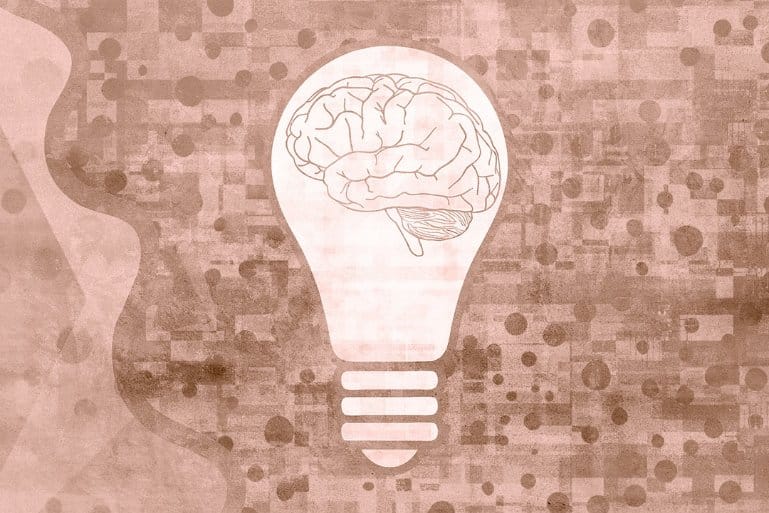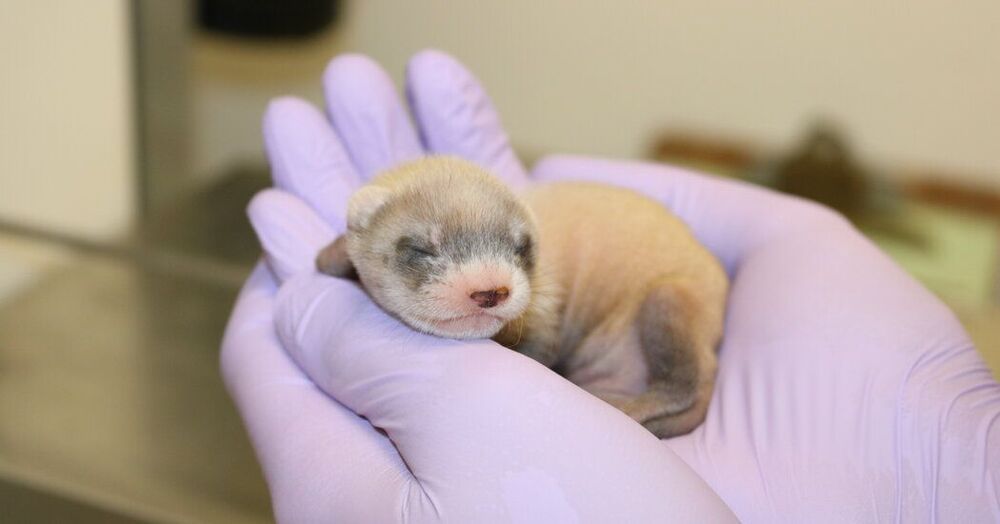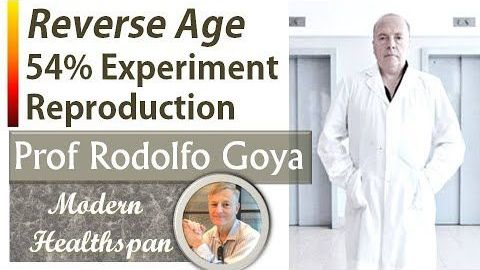Chronic increases of the cytokine IL-17a circulating in the blood of mice reduced microglia activity in one region of the hippocampus, an area of the brain critical for memory and learning.
IBM claims to have developed an AI accelerator chip for training and inferencing that beats other leading chips on benchmarks.
Her birth represents the first cloning of an endangered species native to North America, and may bring needed genetic diversity to the species.
The learning algorithm that enables the runaway success of deep neural networks doesn’t work in biological brains, but researchers are finding alternatives that could.
D-Wave Systems Inc. today published a milestone study in collaboration with scientists at Google, demonstrating a computational performance advantage, increasing with both simulation size and problem hardness, to over 3 million times that of corresponding classical methods. Notably, this work was achieved on a practical application with real-world implications, simulating the topological phenomena behind the 2016 Nobel Prize in Physics. This performance advantage, exhibited in a complex quantum simulation of materials, is a meaningful step in the journey toward applications advantage in quantum computing.
Once, holograms were just a scientific curiosity. But thanks to the rapid development of lasers, they have gradually moved center stage, appearing on the security imagery for credit cards and bank notes, in science fiction movies—most memorably Star Wars—and even “live” on stage when long-dead rapper Tupac reincarnated for fans at the Coachella music festival in 2012.
Reverse Age
Posted in biotech/medical, cryonics, genetics, life extension, neuroscience
This is the FIRST part of the interview with Rodolfo Goya.
In this video Professor Goya talks about his role in the original experiment and the progress in his current study to reproduce the results with young blood plasma.
Professor Rodolfo Goya is Senior Scientist at The National Scientific and Technical Research Council in Argentina where he is a biochemist and researcher.
Dr. Goya has led a number of studies on cellular reprogramming and restoration of function in important organs, such as the thymus and the brain. He is also studying different aspects of cryopreservation.
He was one of the authors of the paper “Reversing age: dual species measurement of epigenetic age with a single clock” and is now working in his lab to reproduce and extend the results.
mission experts will talk about the robotic scientist’s touchdown in the most challenging terrain on Mars ever targeted.
Perseverance, which launched July 302020, will search for signs of ancient microbial life, collect carefully selected rock and regolith (broken rock and dust) samples for future return to Earth, characterize Mars’ geology and climate, and pave the way for human exploration beyond the Moon.
Tune in to watch a live broadcast from the Von Karman Auditorium at NASA’s Jet Propulsion Laboratory.
Zero 2 Infinity wants to launch passengers 40 kilometers into space with helium balloons at a much lower price, at just over $130000.









